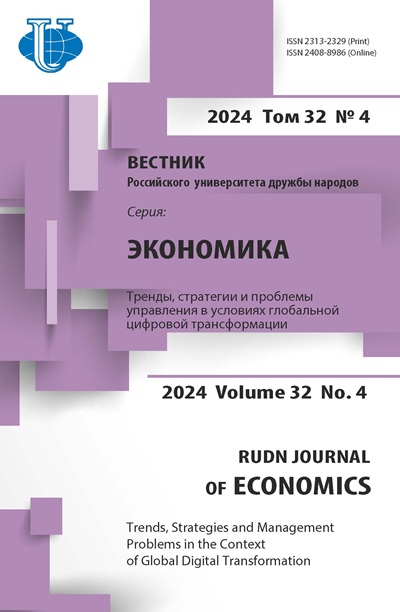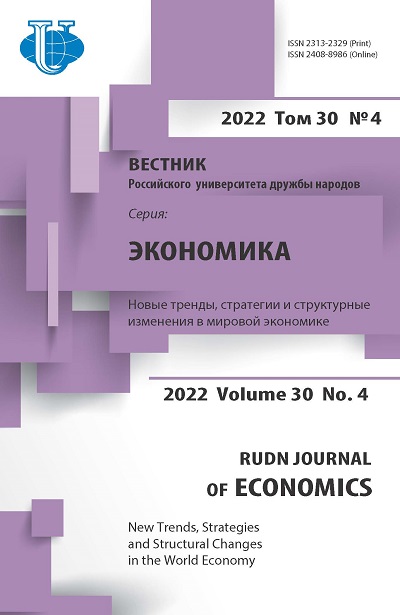Features of the international fragmentation of production in Boeing company
- Authors: Kidun E.S.1
-
Affiliations:
- Peoples’ Friendship University of Russia (RUDN University)
- Issue: Vol 30, No 4 (2022): NEW TRENDS, STRATEGIES AND STRUCTURAL CHANGES IN THE WORLD ECONOMY
- Pages: 548-561
- Section: INTERNATIONAL TRADE IN THE CONDITIONS OF GLOBALIZATION
- URL: https://journals.rudn.ru/economics/article/view/33088
- DOI: https://doi.org/10.22363/2313-2329-2022-30-4-548-561
Cite item
















